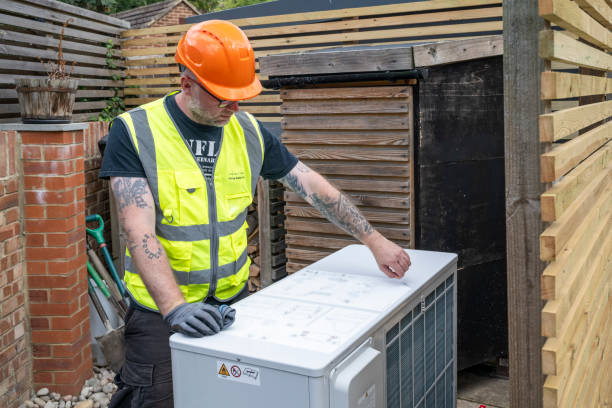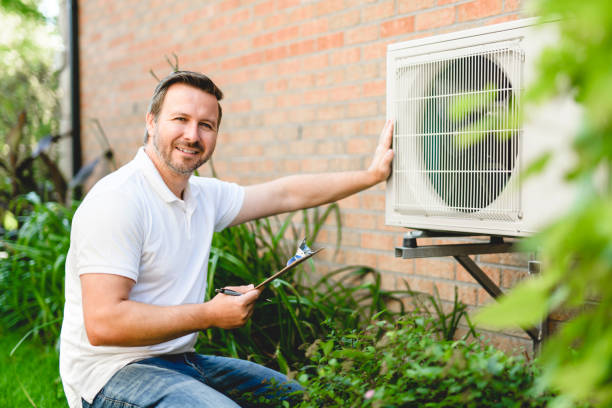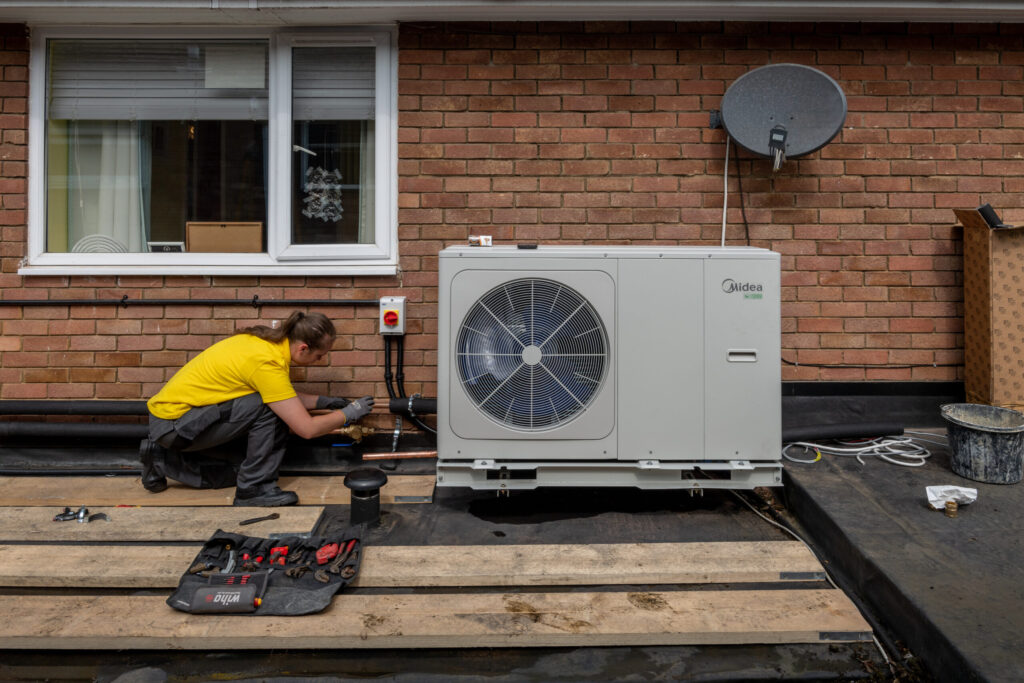Air Source Heat Pump
- Home
- Air Source Heat Pump
Heat pumps provide heat at lower temperatures compared to gas or oil boilers, so they typically need to run for longer periods to keep your home comfortably warm. To make the most of the heat they generate, it’s important to have good insulation—otherwise, heat can escape more easily.
Switching to a heat pump may help you save on heating costs, but your savings will depend on several factors. These include the type of heating system you’re replacing (such as electric storage heaters, oil, LPG, or coal), how efficient your heat pump is, and whether you’re on a dedicated heat pump tariff. Our air source heat pump installers can offer guidance tailored to your home and situation.
How Does an Air Source Heat Pump Work?
An air source heat pump works by using a compressor to extract heat from the outside air and raise it to a higher temperature. This heat is then transferred into your home’s heating system. In essence, it operates like a refrigerator, but in reverse.
Here’s how it works: a liquid refrigerant within the pump absorbs heat from the outdoor air, even at low temperatures. The refrigerant is then compressed using electricity, which increases its temperature. As it condenses back into a liquid, it releases the stored heat. This heat is then distributed through your radiators or underfloor heating, and any excess can be stored in your hot water cylinder.
How is a Heat Pump Installed?
An air source heat pump is usually installed outdoors, typically at the side or rear of a property. It requires ample space around it to allow for proper air circulation.
In the UK, most homes use monoblock systems, where the external unit is mounted on or near an exterior wall. This unit heats water and circulates it throughout your home. If you only need the system for heating, no additional equipment is required. However, if you also want it to supply hot water, you’ll need an indoor hot water storage cylinder.
If the external unit is located some distance from the property, a split system may be used. This setup includes an outdoor unit and an indoor heat exchanger, roughly the size of a small boiler. For heating alone, a hot water cylinder isn’t necessary, but if you want the system to provide hot water as well, one will be required.
Alternatively, if you’re using the heat pump solely for space heating, you can use separate solutions for hot water, such as electric showers, instant hot water taps, or on-demand water heaters.
Compared to ground source heat pumps, air source heat pumps are generally easier and less disruptive to install, as they don’t require any ground excavation.





